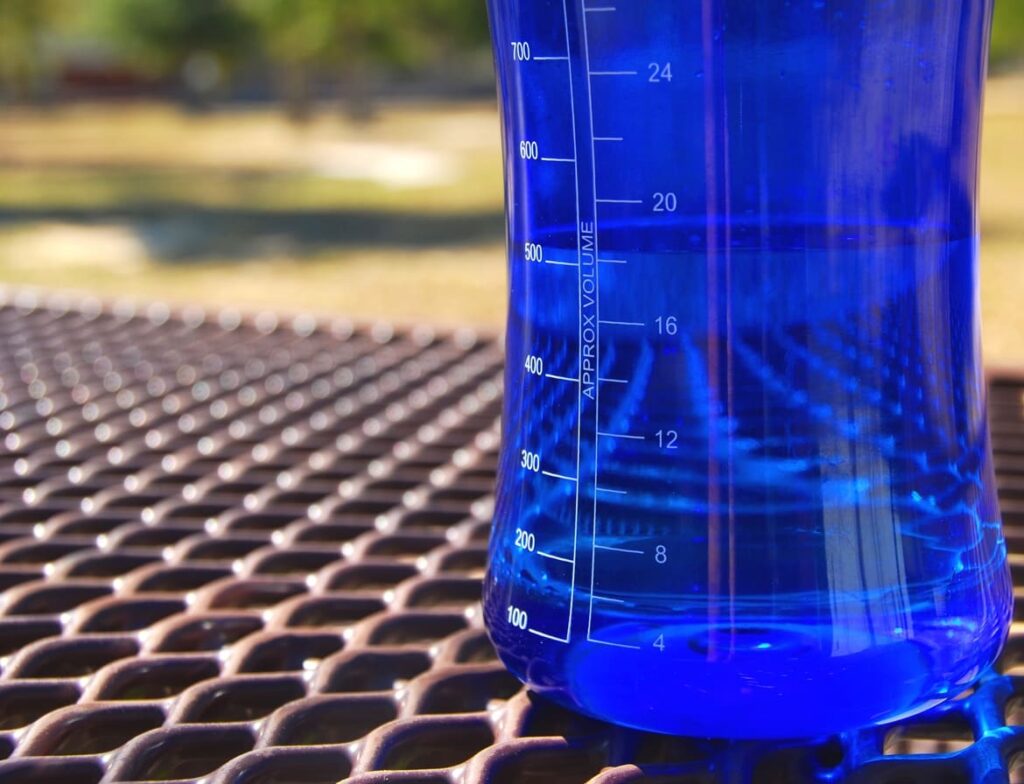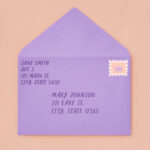Demystifying Measurements: Unveiling the Relationship Between Ounces and Liters
The world of measurement can be a labyrinth of units and conversions, leaving even the most confident cooks scratching their heads. This comprehensive guide tackles a common culinary quandary: how many ounces are in a liter? We’ll delve into the intricacies of the Imperial and Metric systems, equip you with conversion factors, and explore helpful tools to navigate recipes with ease.
A Tale of Two Systems: Imperial vs. Metric
Understanding the conversion between ounces and liters necessitates a foundational grasp of the two major measurement systems: Imperial and Metric.
- Imperial System: Predominantly used in the United States and some former British colonies, the Imperial system relies on units like gallons, pints, cups, and ounces for volume measurement.
- Metric System: The globally dominant system, the Metric system employs units like liters, milliliters, and grams for volume and weight, respectively.
The United States is slowly transitioning towards the Metric system; however, the Imperial system remains prevalent in many kitchens. This guide focuses on the conversion between ounces and liters, particularly relevant for interpreting recipes.
Unveiling the Ounce: A Unit Steeped in History
The ounce, a unit with a rich history dating back to ancient Rome, has evolved over time. The word “ounce” is derived from the Latin word “uncia,” which means “one-twelfth.” This reflects the ounce’s original definition as one-twelfth of a Roman pound. Today, there are two primary types of ounces used in the culinary world:
- Fluid Ounce (fl oz): A unit specifically for measuring liquids. There are 8 fluid ounces in a US cup.
- Dry Ounce (oz): A unit for measuring dry ingredients. One dry ounce is not the same volume as a fluid ounce.
It’s crucial to distinguish between these two types of ounces when following recipes, especially those specifying dry ingredients.
Illuminating the Liter: The Metric System’s Champion
The liter (symbol: L) is the base unit of volume in the Metric system. It was originally defined as the volume of one cubic decimeter (a cube with sides measuring 10 centimeters). Today, it’s more precisely defined based on the properties of water.
The liter is a fundamental unit in the Metric system, and many other units of volume are derived from it, such as milliliters (mL) and centiliters (cL).
The Key to Conversion: Ounces to Liters
Now for the answer you’ve been waiting for: there are 33.814 fluid ounces in one liter. This conversion factor serves as the bridge between Imperial and Metric measurements in recipes.
Here’s a handy conversion table to keep book:
| Unit | Equivalent in US Fluid Ounces |
|---|---|
| 1 Liter | 33.814 fl oz |
| ½ Liter | 16.91 fl oz |
| ¼ Liter | 8.45 fl oz |
| 100 Milliliters (mL) | 3.38 fl oz |
Beyond the Basics: Embracing Measurement Tools
Equipping your kitchen with the right tools can simplify recipe conversions and ensure accurate measurements. Here are some helpful tools:
- Measuring Cups: Available in various sizes (usually 1 cup, ½ cup, and ¼ cup), these nested cups come in handy for measuring both wet and dry ingredients.
- Liquid Measuring Cups: Featuring markings for different volumes, these cups are ideal for measuring liquids like milk, broth, or oil.
- Kitchen Scale: While not essential for all recipes, a kitchen scale offers superior accuracy, especially for baking or using alternative ingredients. Look for a scale that can measure in both grams and ounces.
Frequently Asked Questions (FAQ)
Q: How many milliliters are in a cup?
A: There are 236.59 milliliters (mL) in one US cup.
Q: Can I use a mug instead of a measuring cup?
A: While tempting, mugs vary greatly in size, making them unreliable for accurate measurements. It’s best to stick to dedicated measuring cups.
Q: How can I convert a recipe using liters to US cups?
A: Divide the number of liters by 0.261 to get the equivalent amount in US cups.
Q: What if a recipe calls for a fraction of a cup?
A: Most measuring cup sets include nested cups for ½ cup and ¼ cup measurements.
Q: Is it okay to estimate measurements?
A: While occasional estimation might be alright for forgiving recipes (like soups or stews), precise measurements are crucial for baking and delicate dishes where ratios of ingredients are critical.
Q: When should I use a kitchen scale?
A: A kitchen scale is particularly beneficial for:
- Baking: Precise measurements of flour, sugar, and other dry ingredients are essential for successful baking outcomes.
- Following recipes in grams: Many international recipes use grams as the primary unit of measurement. A scale eliminates conversion hassles.
- Alternative ingredients: When substituting ingredients, using a scale ensures you’re using the correct weight, which can differ from volume measurements.
Q: Are there online resources for measurement conversions?
A: Absolutely! There are numerous online resources and conversion calculators readily available. Here are a few reputable options:
- National Institute of Standards and Technology (NIST): National Institute of Standards and Technology (NIST) [invalid URL removed]
- BBC Good Food: BBC Good Food Conversion Calculator
- The Spruce Eats: The Spruce Eats Conversion Calculator
In Conclusion
Understanding the relationship between ounces and liters empowers you to navigate recipes from various measurement systems. By familiarizing yourself with the Imperial and Metric systems, utilizing conversion factors, and employing the right tools, you’ll be a master of measurements in no time! So, the next time a recipe calls for a specific volume in liters, you’ll know exactly how many ounces to reach for, ensuring culinary success in the kitchen.



